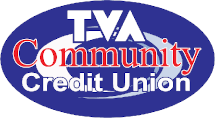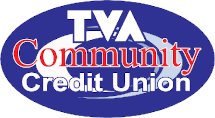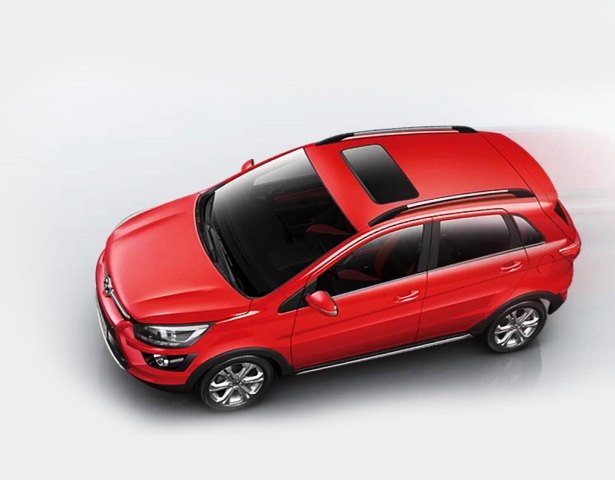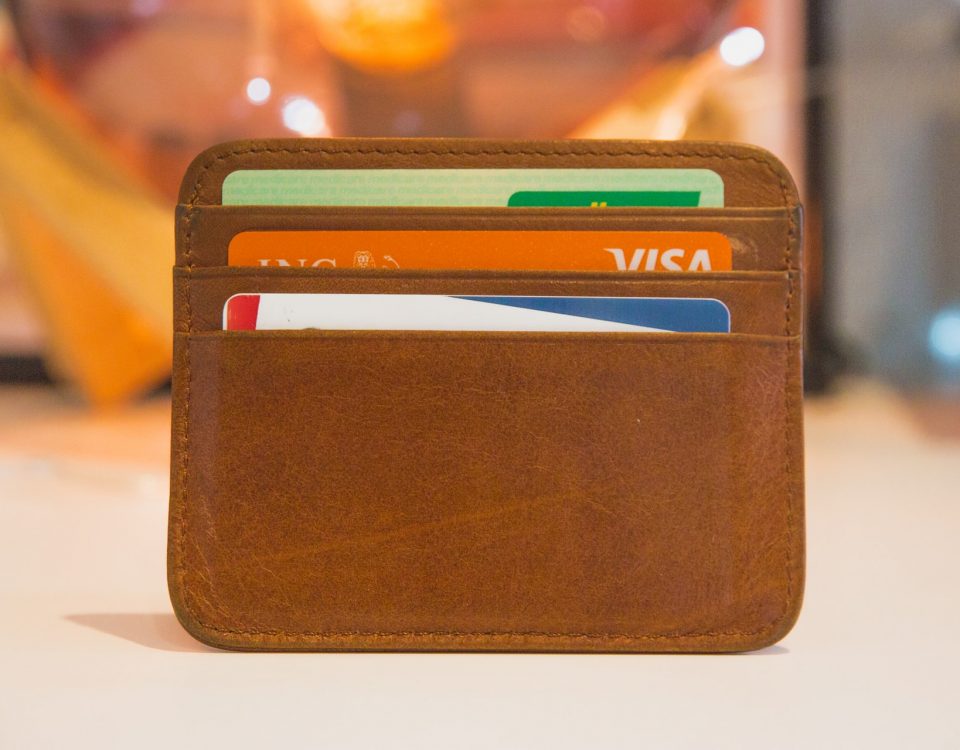HOME BUYING — Mistakes First-Time Homeowners Make
January 24, 2018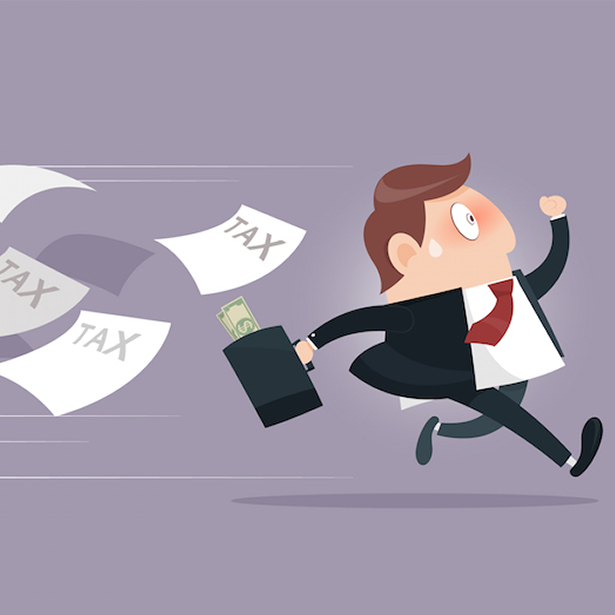
TAXES — Dos and Don’ts for Tax Prep
February 7, 2018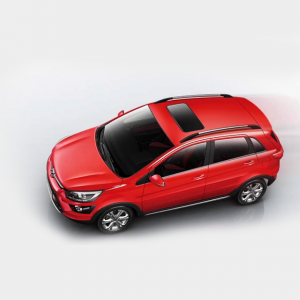 Need a car but can’t pay cash? You have three choices: Borrow from the dealer or manufacturer’s financing company, borrow from a bank or borrow from a credit union (unless Uncle Bob is willing to finance you, but who wants the “strings” that go along with that?). Each method has advantages and disadvantages – but if you can qualify, the way to go is usually with a credit union. Interest rates are still near historic lows. If you are going to borrow money for a car, there’s never been a better time.
Need a car but can’t pay cash? You have three choices: Borrow from the dealer or manufacturer’s financing company, borrow from a bank or borrow from a credit union (unless Uncle Bob is willing to finance you, but who wants the “strings” that go along with that?). Each method has advantages and disadvantages – but if you can qualify, the way to go is usually with a credit union. Interest rates are still near historic lows. If you are going to borrow money for a car, there’s never been a better time.
Structural advantages of credit unions
Credit unions are known for having lower fees and interest rates than banks and other finance companies. The advantage is in the ownership structure: The owners of banks and the majority of consumer finance companies are stockholders – not you. That means every product or service they provide has but one real objective: to make money for their shareholders, while not alienating you so much that you take your deposits and future business somewhere else.
The owners of credit unions, on the other hand, are members, not shareholders. That means profits are distributed among its members in the form of dividends and in the form of lower fees. Every dime that would have gone to Wall Street, in the case of a credit union car loan, stays with credit union members. And you, as the borrower, get to keep a chunk of it in the form of lower interest rates and fees.
Advantage to the consumer
With traditional stock ownership, there is always an adversarial relationship between the bank and the customer. Banks serve the stockholders. The credit union exists, however, to serve members. Think of it: If the credit union didn’t serve member interests, the members could simply replace the management team until they found managers who are more responsive to the needs of the membership.
Advantages of banks
Credit unions tend to be smaller than banks, with a limited membership. Credit unions also have to make do with smaller pools of capital when structuring their loan portfolios. As a result, they are frequently more conservative with their loan underwriting than banks are. If you have spotty credit, then a bank may give you a loan where a credit union might not. So try a credit union first. The catch, of course, is you have to be a member to get a car loan with a credit union.
Disadvantages of banks
As mentioned, banks have a substantial cost of overhead, in the form of their many branches, expansive operations and, of course, investor profits. Some very large banks have good economies of scale and can minimize the impact of their overhead on consumer fees. But no bank is going to want to cut into shareholder profits if they can help it.
Dealer financing
The last option is, of course, dealer financing. These deals can be excellent on new cars (0% or 1% financing is tough to beat), but the picture isn’t as rosy for older cars, or for those who have less-than-stellar credit.
If you go the dealer financing route, take a look at the fine print: You need a car loan with no prepayment penalty. This means you are free to pay off the loan balance at any time, without any added fees or interest tacked on. The higher the interest rate, the more important this is.
The lease option
The final option, of course, is leasing rather than buying. A lease is essentially a contract to rent the car for a period of time and to turn the car back in at the end of that contract (the lease). Lease payments tend to be lower than loan payments because when a loan is paid, you keep the car! The loan is buying the whole car, and not just the depreciation it has during the first few years.
In the long run, the consumer is almost always better off buying a car outright, rather than leasing. With a car loan, the pain of payments is over in one to four years, but you can be driving the car for 10 years or more! With a car lease, though, your payments never stop, and you never own the car.
